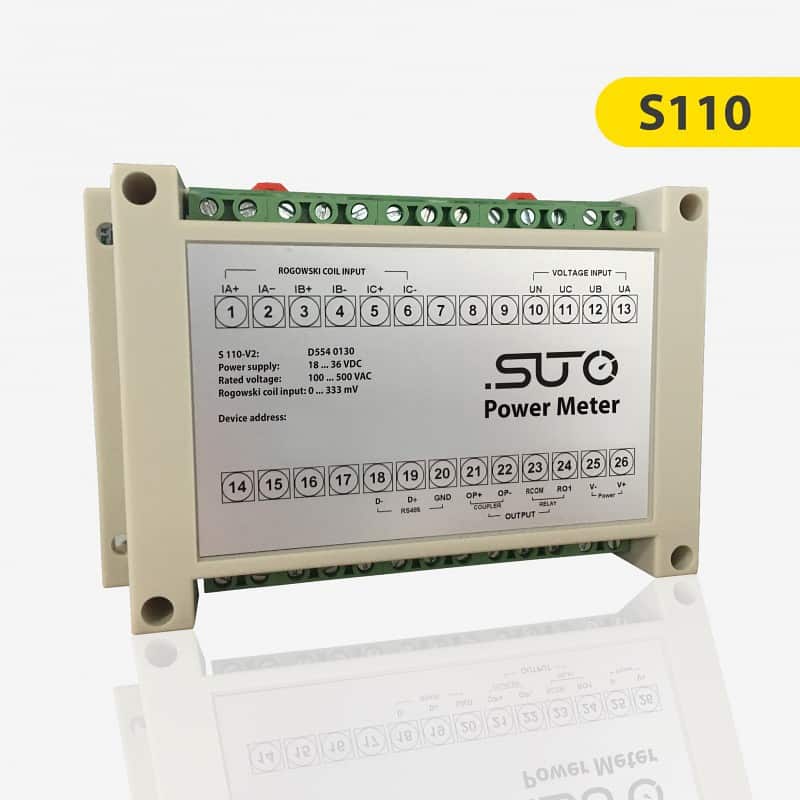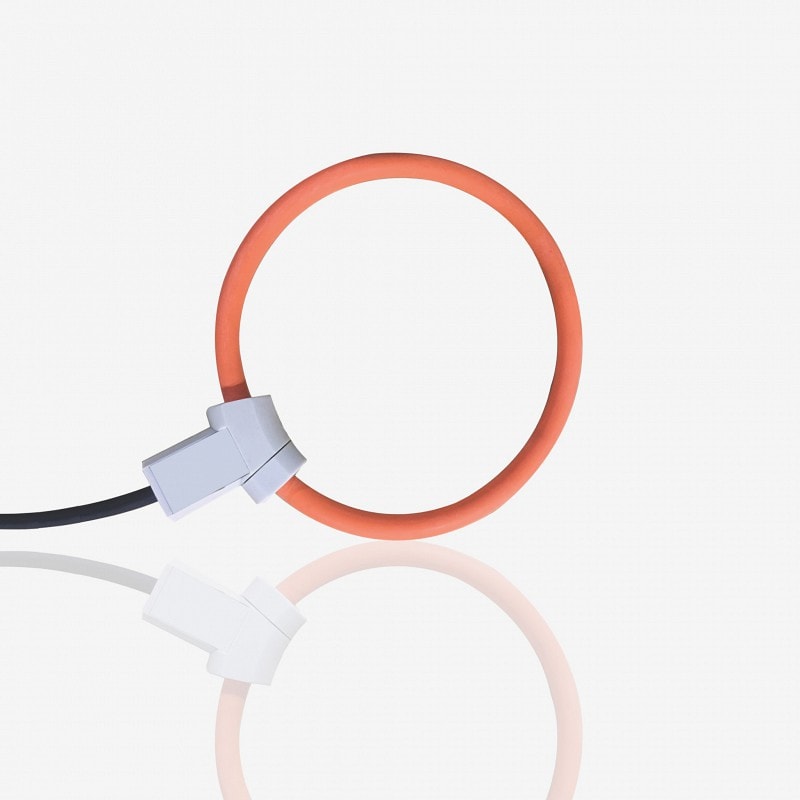ENERGY METERS AND CURRENT SENSORS
Compressed air is generated by converting electrical energy into compressed air. Modern air compressors convert 80 – 90% of this energy into heat and only 10 – 20% into compressed air, making compressed air up to ten times more expensive than electrical energy. Only if they know what electrical power is being consumed to generate the compressed air can operators of the compressed air system monitor and optimize the system.
SUTO Power meters, energy meters and current sensors are compact, easy to install and provide accurate power measurements, whereby users can change their Operating costs for compressed air can lower.
IMPORTANCE OF ENERGY METERS & CURRENT SENSORS
Measuring the electrical power consumption of a compressor is the first step to understand the compressed air system. Compressed air is produced by electrical energy, so the costs of the electrical energy are the indirect costs of the compressed air. But many compressed air operators do not know how much electrical energy their compressors are using and how much the compressed air costs.
By this, the operating costs of the compressed air system just fall under the general electrical bill, not noticing that the compressed air might be the biggest consumer of electrical energy in the factory. Only a power or energy meter can help to understand the compressed air system’s energy consumption.
What is an energy meter and what are the benefits?
The benefits of a real power meter is, that it actually measures the system’s power consumption, it does not rely on constant assumed factors, but really measures the electrical characteristics. By this, it offers a reliable and true power measurement.
Why are power meters used in compressed air systems?
In the end, every cubic meter of air will have its specific cost, and every bar of pressure will increase or decrease the compressed air costs. If operators want to know their compressed air costs, they must measure the electrical consumption of the compressors, only by this the efficiency can be monitored and optimized.
Why is it important that a power meter always measures the voltage and current on all phases?
SUTO power and energy meters are always measuring the current and voltage of all phases, only by this the onsite changes, the frequency changes or phase shifts can be considered in the measurement.
How can power meters in compressed air system reduce maintenance costs?
By monitoring the electrical energy consumption of the compressor and comparing it with the flow output, users of a compressed air system are able to know when it is time to maintain the compressor. Degrading components can be identified, repaired and possibly safe a lot of operating costs.
How are SUTO current sensors installed on site?
The advantage compared to typical current transformers is, that the position of the cable inside the coil is not that important, still offering a high grade of accuracy. Besides that, the rogowski current coils are very compact and light-weight, which makes them the prefect equipment used in energy audits.
A portable SUTO solution for power measurements is set up within minutes, just clamping the current coils around the cables and connect the voltage to the power meter.
Personal advice
Would you like to receive more information about products and applications?
Or do you need personal advice? We will be happy to help you!



